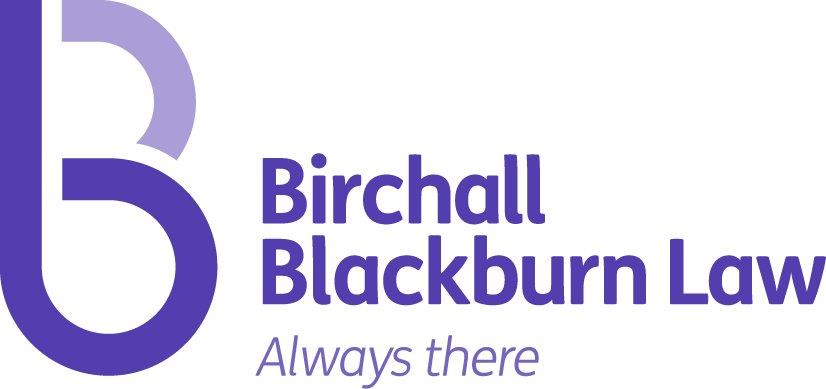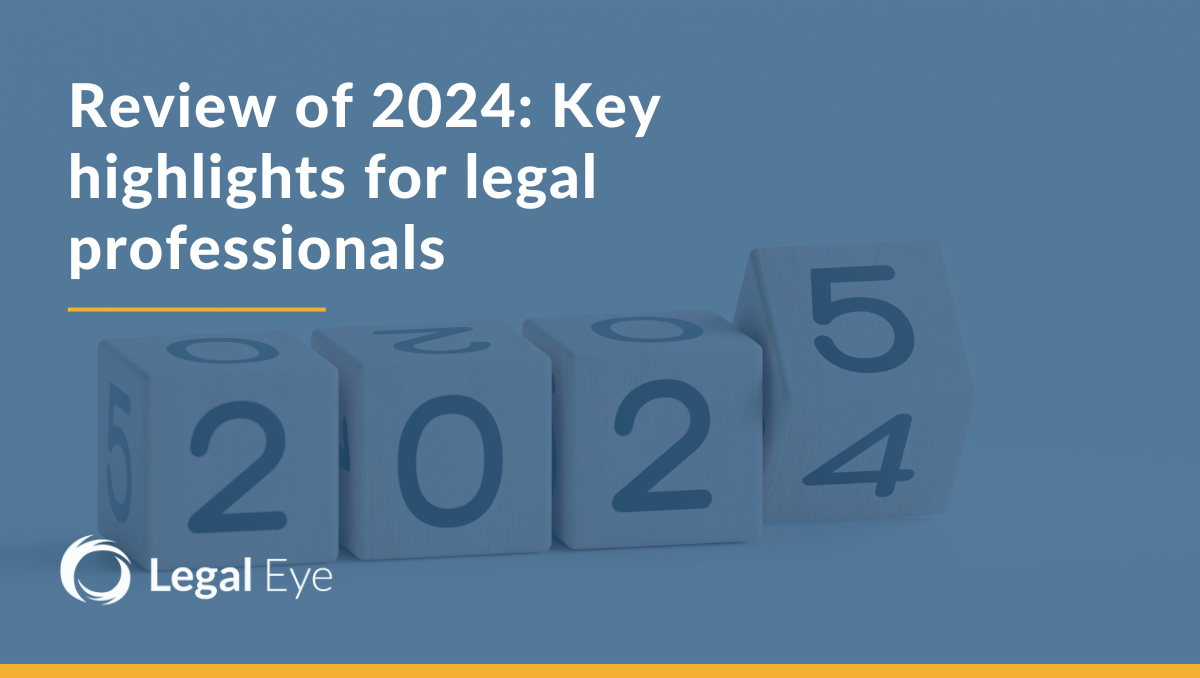LONDON, December 2024 – Armalytix, an award-winning fintech company that helps firms establish their clients’…
Guest bloggor for CA Affiliate Member, Groundsure, Paul Raglan, MD of Mining Searches UK provides an overview of the mining industry and CON29M, and how Groundsure’s new report ticks all the CON29M boxes.
The UK once played a starring role in the production of valuable materials and while the golden age of mining may long be over, the industry continues to leave a legacy on the land today. With over £40 million in damages paid out to properties in coal mining areas in the past decade, knowing what’s underground can prove vital in safeguarding occupants. Often leaving little evidence on the surface, how can today’s property owners and buyers know that an area of land or building is safe?
Mine workings commonly run long distances beneath the ground from mine shafts and extend beneath existing properties. If not properly remediated, these could collapse causing subsidence and damage to the building above. With over 130,000 properties in the UK within just 20 metres of a mine-shaft, it is vital that thorough risk assessments are conducted long before any formal exchange takes place.
Mining searches are essential for any piece of land to determine whether there is evidence of historical mining activity beneath it. This is even more important for buildings located in known historic coal mining areas, where the Coal Authority has a duty to investigate serious subsidence issues. However, there is no guaranteed financial support to address any issues presented by historic mining activity, with the responsibility often falling to the current owner.
A CON29M report is a legal form set out by the Law Society to provide information on past, present and future underground and surface mining activity and is a mandatory requirement for properties located in coal mining areas. It is therefore crucial to employ the services of an expert mining search organisation, who will accurately assess and predict the risk posed by historic mining activity, while meeting the strict requirements outlined by the Law Society.
To put this into perspective, approximately one quarter of all UK residential property transactions require a CON29M report, with the search using all available data of the area in question – from historic archives to town plans and maps – to produce a detailed report outlining the risks, as well as the steps required to address any issues.



